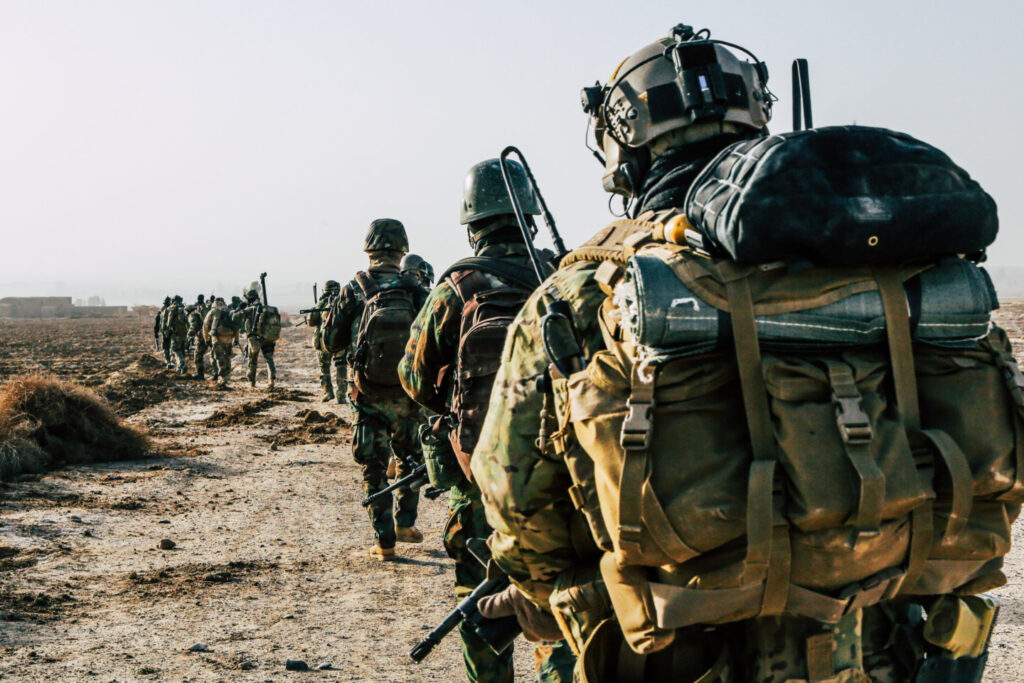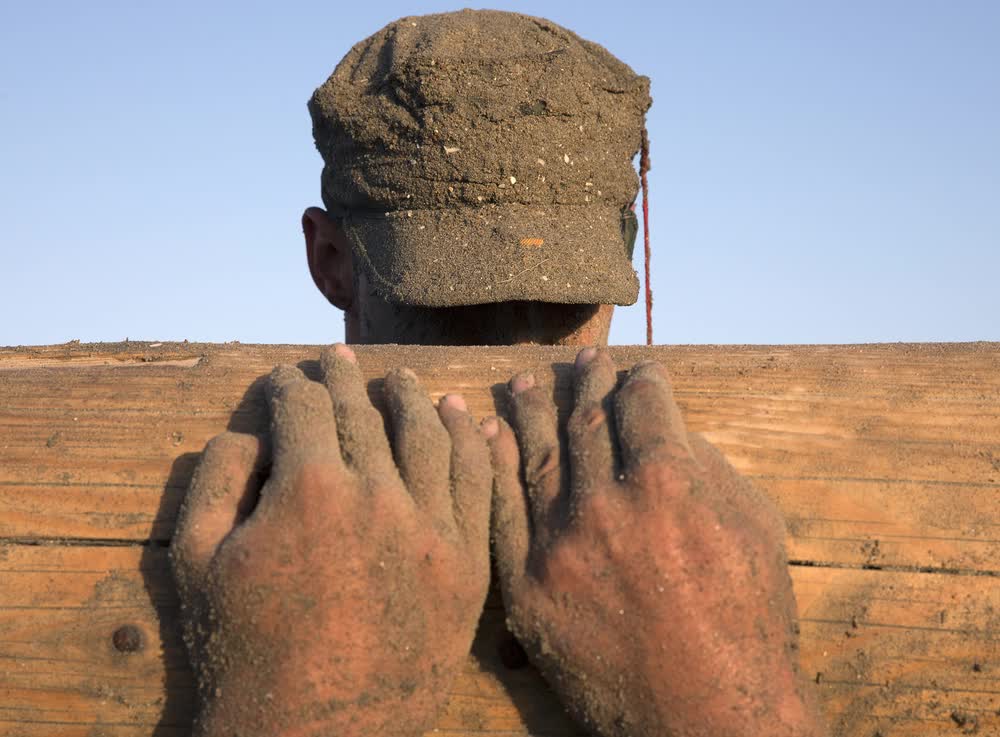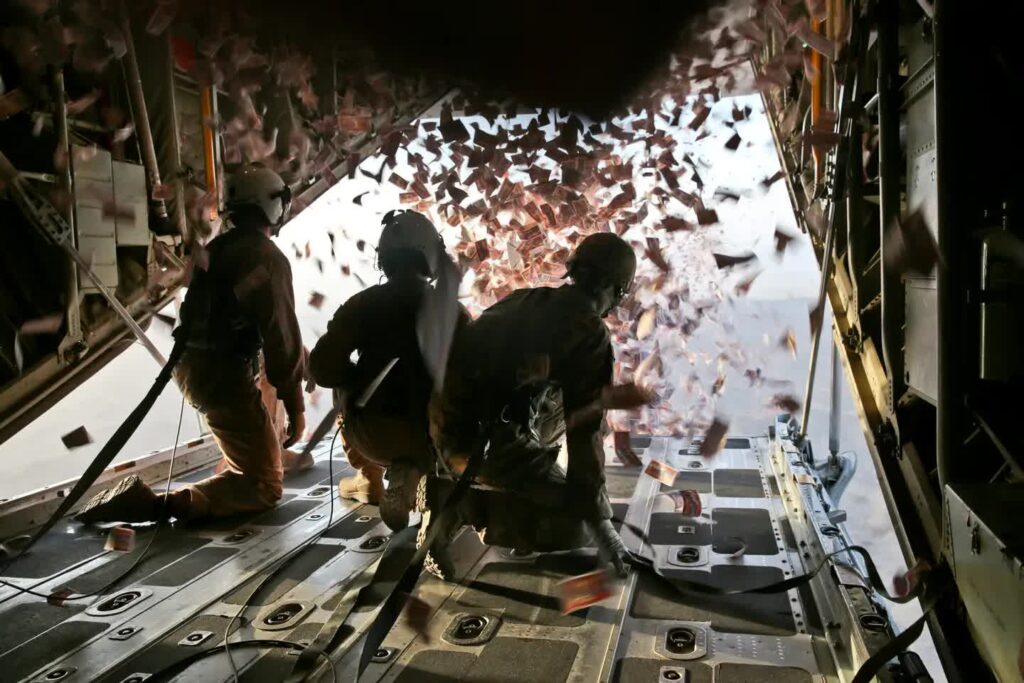If you are in a light infantry, airborne, or special operations unit, you either already are or soon will be an expert at packing a rucksack, adjusting it to your own frame, and carrying it for long distances. In the case of a special operations unit, the rucksack’s weight increases dramatically as you progress through Selection and the subsequent training. This is especially true in the Army Special Forces (SF) units, otherwise known as Green Berets, where carrying a rucksack or rucking is a rite of passage.
Army Special Operations units place tremendous value on rucking. In the Army’s Special Forces Selection and Assessment Course (SFAS), and the subsequent Special Forces Qualification Course (SFQC), nearly all of the training events that the candidates are based around or involve carrying a rucksack of increasing weight and for increasingly longer distances.
The rucksack is home for Special Operations
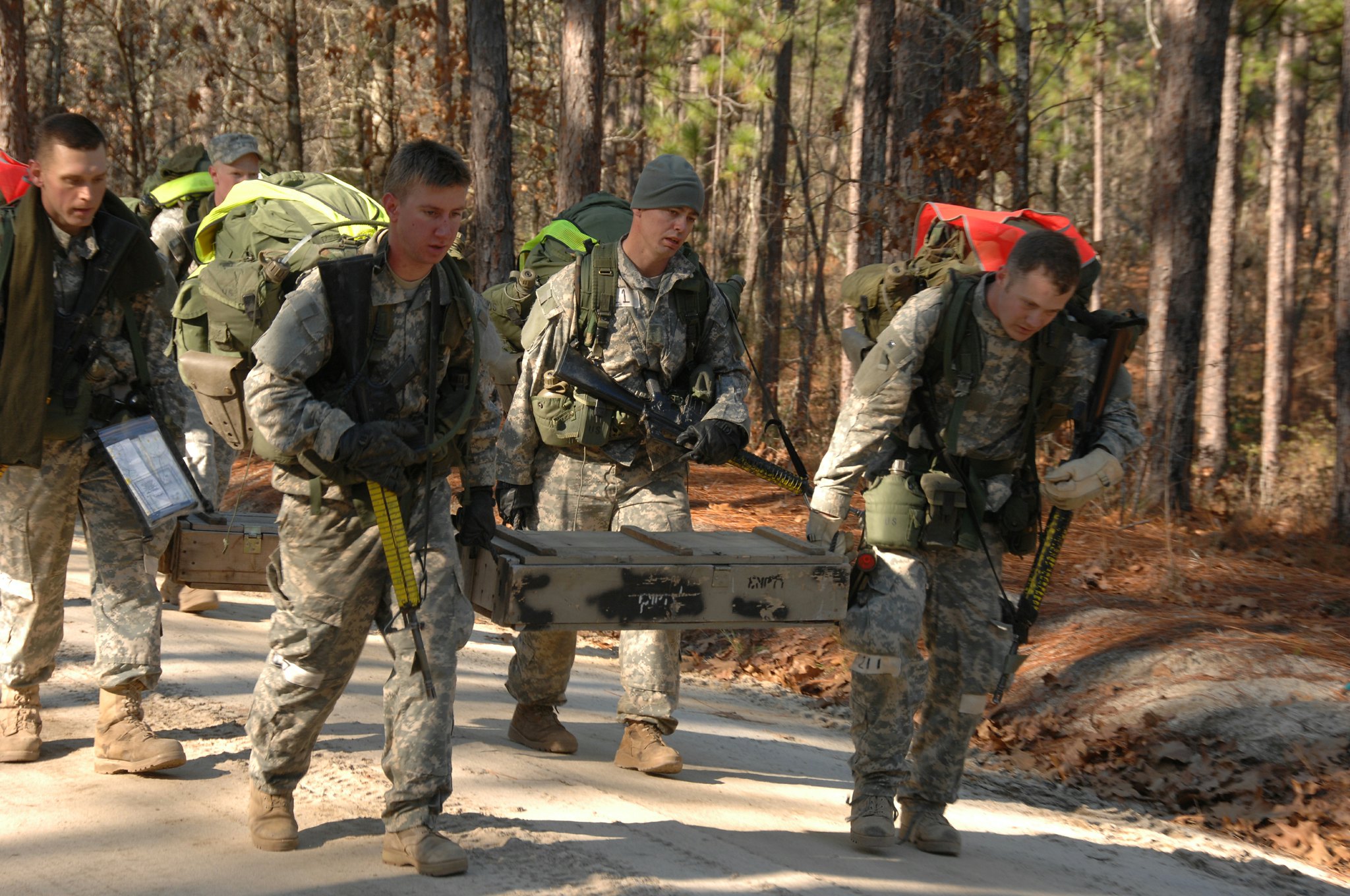
Rucking is a necessary pain but also an art and skill like shooting or navigation, so it requires constant practice and repetition. The only way to get good at rucking is to keep rucking. There are no secret tips that will get Candidate A through his Selection course that hard work and practice won’t do.
A Green Beret candidate will develop a love-hate relationship with their ruck. They’ll be times when the thought of hoisting 100lbs of “lightweight gear” onto their backs once more will be the last thing they want to do.
You’ll become so familiar with your own rucksack, you will recognize those squeaky little groans the pack makes when rubbing up against the frame and hear them in your sleep. And although everyone wears the same gear, soon you’ll be able to tell classmates apart in total darkness by the way their gear rides on their body and by their own particular gait.
Related: The special operations helicopters of the Vietnam War
Back in the old days
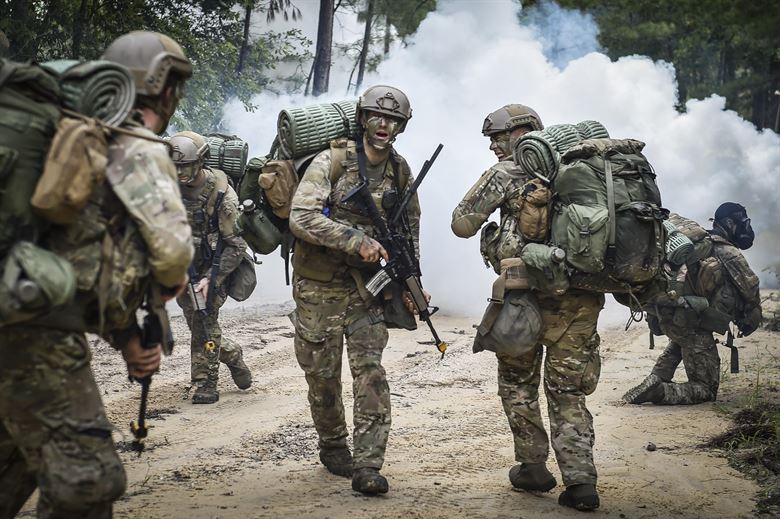
When I was a 20-something-year-old, in the days before Selection existed, I was gearing up to go to Camp Mackall and take on the SFQC. The old Phase I of the SFQC had many Selection-type harassment/training events that would whittle down the class.
The daily/nightly cadre-led ruck marches were a prime example. We called them “ruck runs” because the student class would be running in the soft, ankle-deep sand trying to keep up. We were young, cocky and so, so full of ourselves, we thought we were prepared. Before heading out there, we arranged a bunch of guys who would get together to ruck every night. And we’d push ourselves to the point that we were convinced we were rucking at a pace at or better than the cadre….Oh, how wrong we were!
Our first cadre-led ruck started off somewhat quickly. Soon, however, this short sergeant with stumpy legs was flat out blasting through the sand. My bud rucking beside me asked if that dude was hydroplaning through the sand since his boots weren’t sinking in it.
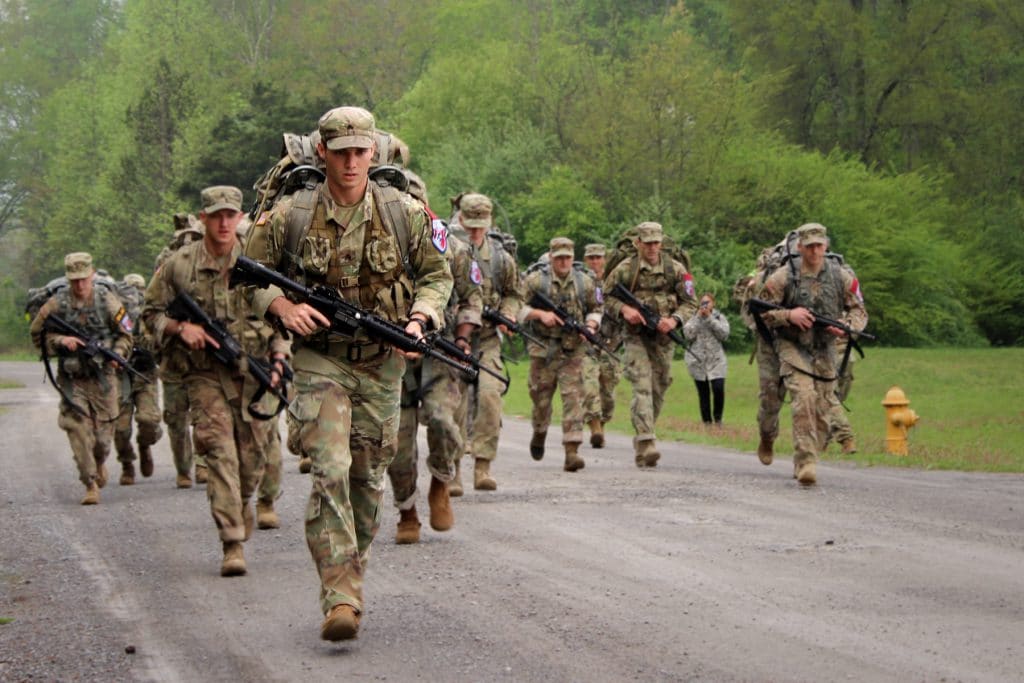
By the end of the course, our rucking had become nearly second nature to us all. We were constantly adding more and more gear to the rucks and yet our speed increased. The Army standards of 12 miles in under three hours with 45 pounds was a walk in the park by then.
So, if you desire a spot in a Special Operations unit, and you’re gearing up for your own Selection course, here are some tips. These tips worked for me and I believe they will for you too. (But remember, everyone is different. You may, through trial and error, find something different that works for you. Don’t be afraid to implement your findings, but only if you’ve tried and tested them first.)
Related: Into the dark: Reflections of a combat swimmer
Making your rucksack in special operations more bearable
Boots – Have at least two, preferably three, pairs of boots broken in like tennis shoes. Change them out every day and allow them to dry out properly. If you bring new boots to Selection or ones that haven’t been broken in, expect a massive amount of foot problems.
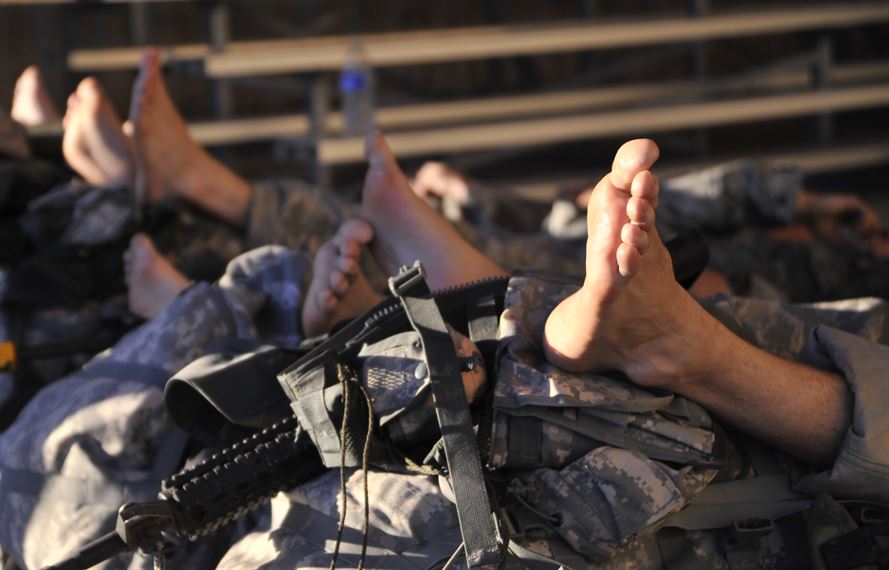
Socks – The more the merrier. Wear a nylon one under the military-issue wool ones. And turn those inside-out, so that the seam doesn’t rub against your big toe. Some guys like foot powder, others antiperspirant. Find out what works out best for you and stick with it. I could and have written entire posts on proper boots and socks selection.
Packing the ruck – On many of the training rucks that are timed, you may not have a packing list per se; instead, they’ll just be going by weight. So, skip packing stuff not needed in there and just fill up a sandbag with the weight specified by the cadre. Once placed in the rucksack, the weight of the ruck itself and any other small items will put your ruck over the weight limit required.
Regarding the weight required, don’t leave anything to chance. If the cadre says 45 pounds, then put anywhere between 48-50 pounds in there and not an ounce more. That will remove all doubt that you may have while not taxing yourself too much.
You never want your ruck to be light because that will put a bullseye on your back in a New York minute. On the other hand, don’t go too overboard above the weight specification.
If the class is rucking with 48-50 and you’re rucking with 75-80, guess what? You’re going to have a very long face at the end of the day. Remember, there aren’t any Honor Graduates at Selection. There are just those selected and those who go home.
Pack the sandbag in the radio pouch in the top of your ruck. Any other lighter stuff goes on the bottom. Have the weight ride between your shoulder blades and not the small of your back.
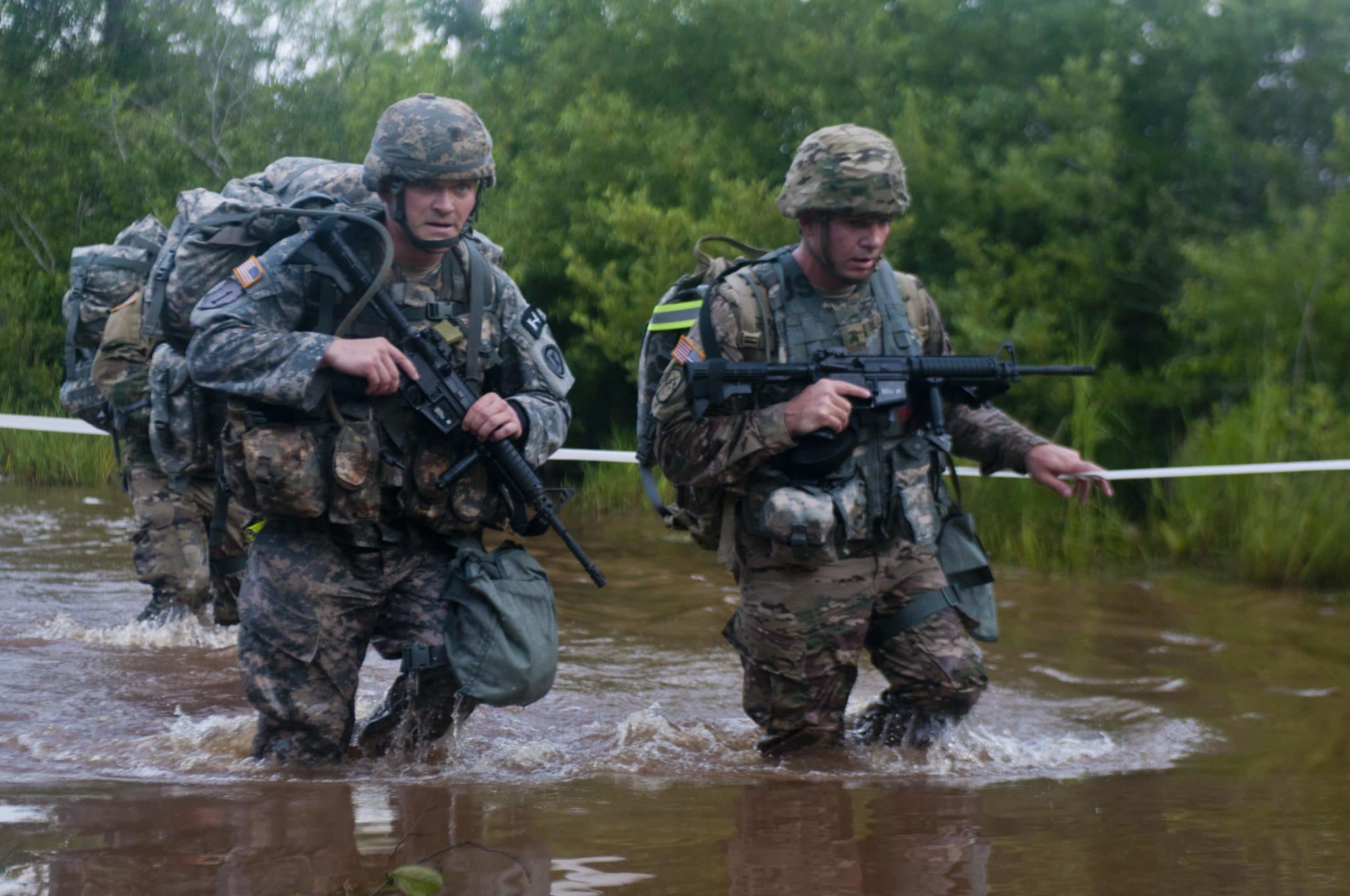
Pace – Remember, the standard is 12 miles in three hours or less. That should not be your goal. Your goal should be much, much faster than that. Train to shatter the standard. Then once in Selection, when your body gets worn down and beat up (the course is designed to do that), you’ll still be able to break the standard while operating at less than 100 percent.

If you’re new to rucking, find a non-commissioned officer in your group who has the experience. Then, constantly work to better yourself. Getting better with your rucksack for special operations, and in general, is a process. Keep at it, it is all one foot in front of the other. And remember…
But boots — boots — boots — boots — movin’ up an’ down again, An’ there’s no discharge in the war!
Editor’s Note: This article was originally published in August 2020. It has been edited for republication.
Read more from Sandboxx News
- Delta Force operator on how Ukrainian special forces rescued a prisoner from the Russians
- Fore! Special operators parachuting into a golf course
- Elite Risk: How Special Operations training can kill
- Navy SEAL doctor speaks about the peculiar dangers of Hell Week
- Deep Water Escape Training is now a requirement for more deploying Marines
